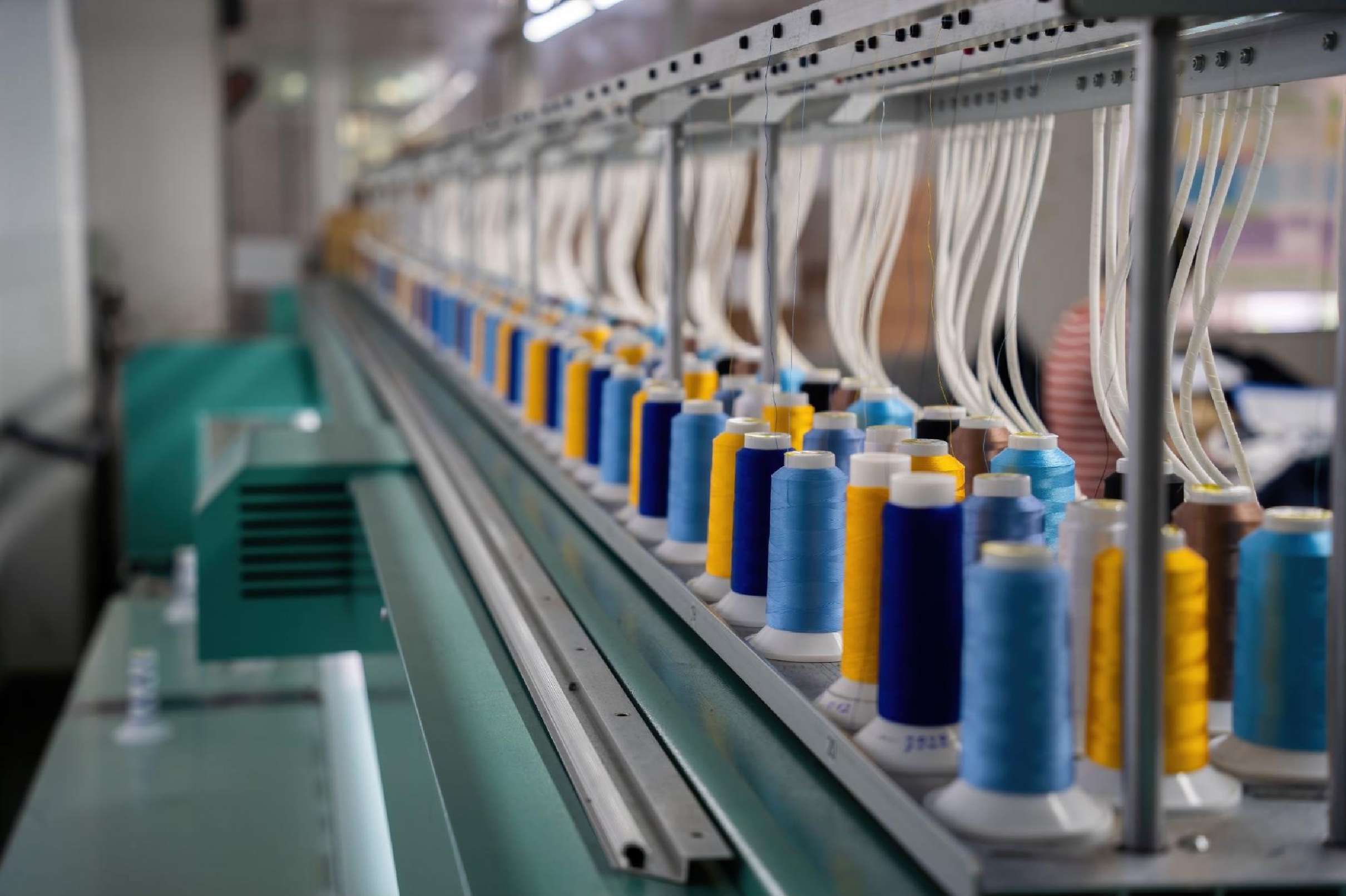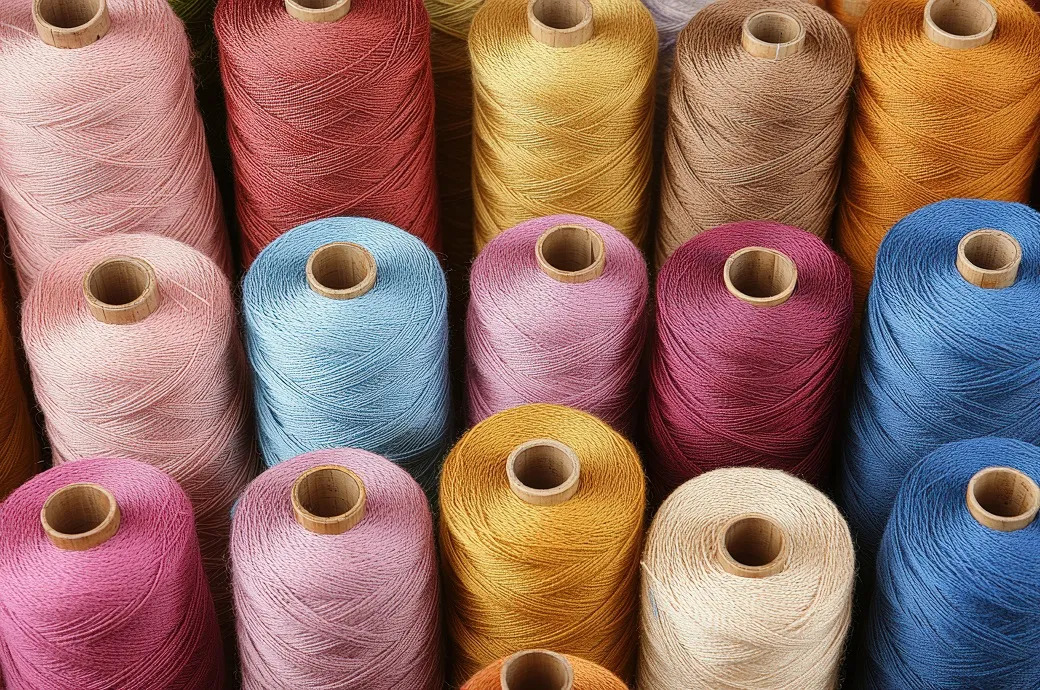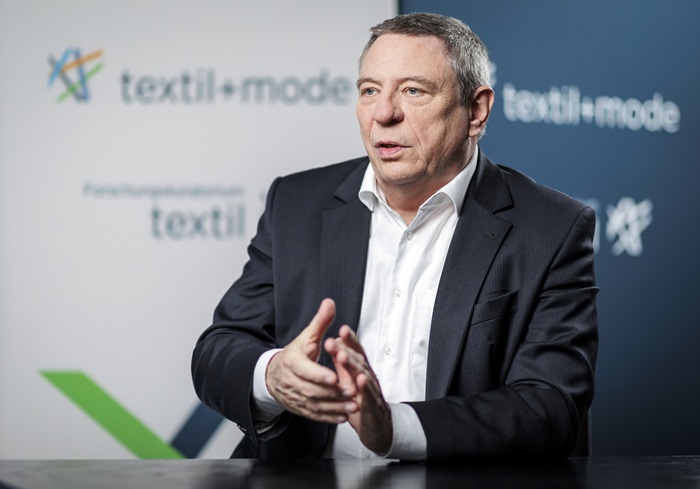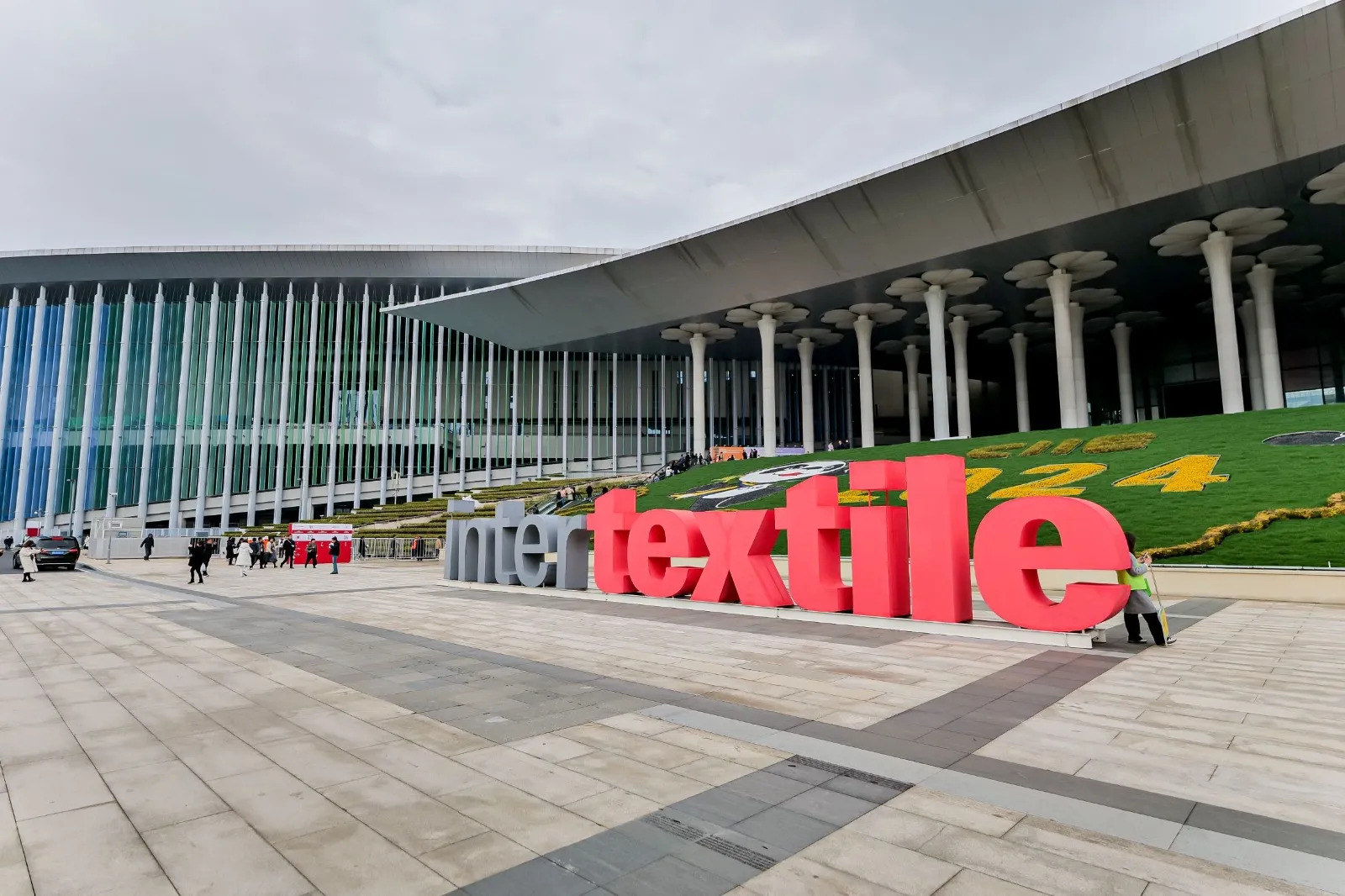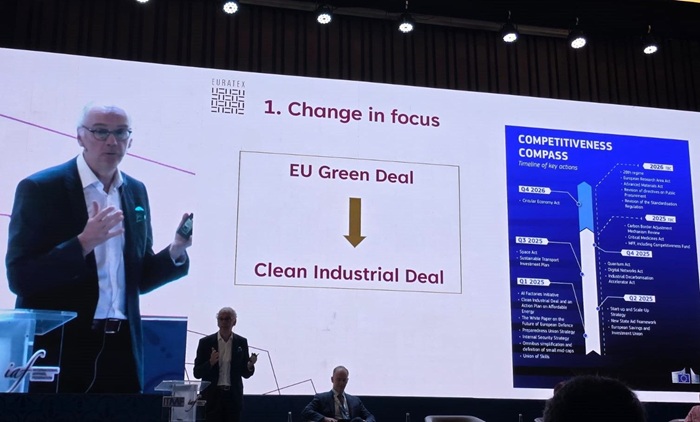FW
Strafe Outerwear, known for its innovative mountain gear, has launched its first-ever down jacket the Palisade Down Insulator ahead of Fall/Winter 2025-26. This new piece blends high performance with deep sustainability commitments through partnerships with Pertex, NetPlus, and Allied Feather + Down.
Designed as a versatile layering piece, the Palisade offers lightweight warmth and durability. It features NetPlus recycled nylon, derived from discarded fishing nets collected from coastal communities, helping reduce ocean plastic while supporting local economies. The material has a fully traceable supply chain, verified by third-party audits.
The jacket’s outer shell is reinforced with Pertex Diamond Fuse fabric, known for abrasion resistance and packability. Inside, it’s insulated with 800-fill power goose down from Allied Feather + Down, which is RDS and GRS certified, ensuring ethically sourced and traceable materials. This down is also treated with ExpeDRY technology by Fuze, a gold-particle innovation that accelerates drying and boosts moisture control, ideal for dynamic mountain conditions.
Pia Halloran, VP of Product & Design at Strafe, said the goal was to merge cutting-edge materials with functional design, delivering superior warmth and fit while minimizing environmental impact. Further supporting this vision, the Palisade is completely PFAS-free, eliminating harmful water-repellent chemicals without sacrificing performance.
Available in men’s and women’s sizes, the Palisade Down Insulator will hit shelves at select retailers and online at strafeouterwear.com for FW 2025-26, marking a significant milestone in Strafe’s evolution toward responsible innovation.
M S Parmar, a veteran textile scientist with over three decades of service at the Northern India Textile Research Association (NITRA), has taken over as Director General of the institute with effect from May 8, 2025. He will also continue to oversee NITRA’s academic division, the NITRA Technical Campus (NTC).
With 32 years of dedicated service, Parmar brings unparalleled expertise in Textile Chemistry, Protective Textiles, Unconventional Fibres, and Quality Control. His contributions include 28 completed R&D projects funded by both government and industry, 15 patents (5 granted), 140 technical presentations, and over 130 published research articles. He has also mentored 48 students across various academic levels.
Parmar’s recent innovation in developing thermal layers for extreme cold weather garments has earned him widespread recognition. His work was personally appreciated by the Prime Minister Narendra Modi and Textiles Minister Giriraj Singh. In 2023, he was conferred the Honorary Fellowship of the Textile Association (Hon F T A).
Known for his passion for research and commitment to industry innovation, Parmar is expected to lead NITRA into a new era of technical excellence and sustainable textile solutions.
The American Apparel & Footwear Association (AAFA) has responded to the Joint Statement issued in Geneva on the US-China Economic and Trade Meeting, which announced a 90-day pause in tariff escalations. Effective May 14, US tariffs on Chinese imports will be reduced to 30 percent, while China will lower its tariffs to 10 percent.
AAFA President and CEO Steve Lamar welcomed the move, calling it a temporary relief from the trade gridlock that has persisted since April 9. However, he warned that the remaining 30 percent tariff added to existing Section 301 and most favored nation (MFN) duties still poses a significant burden on US consumers, especially during back-to-school and holiday seasons.
“If freight costs rise due to lingering disruptions in shipping, we may see further inflation in consumer prices,” Lamar stated. He emphasized that a long-term trade agreement is essential not just with China, but globally to enable predictable investment, sourcing, and manufacturing decisions.
The announcement follows weeks of AAFA-led advocacy, highlighting that the current tariff framework does not strengthen domestic manufacturing nor support the 3.5 million American workers employed in the apparel and footwear industry.
GHCL Textiles plans to invest Rs. 1,000 crore (approximately $120 million) towards expanding its spinning and knitting operations.
Of the planned Rs 1,000 crore investments, GHCL Textiles has already deployed Rs. 500 crore to add 25,000 spindles and 40 circular knitting machines. These new capacities will help boost the company’s production volumes, product diversity, and speed to market, particularly in knitted fabrics—an area seeing rising global demand.
The company also plans forward integration into weaving and dyed fabric manufacturing, positioning itself to serve a wider customer base across home textiles, apparel, and industrial fabrics. The reorganization of its Kaveri section at the Manaparai unit is anticipated to unlock further operational efficiencies, reduce conversion costs, and contribute to margin improvement. In FY25, GHCL Textiles’ revenues increased by 10 per cent Y-o-Y to Rs. 1,168 crore. The company’s EBITDA increased to Rs 117 crore (approximately $14 million), with EBIDTA margins expanding by 11 per cent, while profit after tax rose by 123 per cent to Rs 56 crore (approximately $6.7 million).
GHCL Textiles currently operates with a robust manufacturing base that includes 200,000 ring spindles, 3,320 rotors, 480 vortex positions, and 5,760 TFO spindles, allowing it to produce a diverse range of yarns.
Its key product offerings include cotton, synthetic, and blended yarns, such as compact, slub, core-spun, double yarns, mélange, and value-added synthetic blends. The company also manufactures knitted fabrics, leveraging its expanding circular knitting infrastructure. These offerings are well-aligned with evolving global demand for innovative, sustainable, and high-performance textile materials, positioning GHCL Textiles as a preferred partner for leading brands and manufacturers.
Leading manufacturer in the apparel and textile equipment industry, Ramsons is experiencing a fundamental shift in its company philosophy, now embodied by its new logo: ‘Sustainable Thinking.’
This new direction highlights the company’s entire product portfolio and future innovations, reflecting a deep commitment to environmental stewardship.
With a long-standing desire to give back to Mother Earth, Ramsons is particularly focused on water conservation and purification. The company strives to return clean water to the environment, utilizing technologies that minimize ecological impact. Their product range like their Nebuizers and Liquor Ratio Machines are designed for low liquor ratio processing, reducing+g water usage drastically.
Pioneering the use of Ozone technology, Ramsons offers equipment that reduces reliance on chemicals and water for processes such as bleaching, anti-back staining, and acid washes. Furthermore, their drying and finishing systems are engineered for significant energy reduction, including a move towards electrical steam generators.
A true ‘Make in India’ Ramsons has impressed globally with its technological advancements/. The company integrates with modern Zero Liquid Discharge (ZLD) water treatment systems to offer comprehensive sustainability solutions. In future, they plan to explore recyclable energies, energy-efficient components, and innovative dyeing processes using inert gases, ozone, and hydrogen to reduce water, chemical, and solvent consumption.
Beyond dyeing and finishing, Ramsons’ offers equipment like zero tension fabric inspection machines for accurate measurement and relaxed handling, and RFID-based warehousing systems for enhanced traceability. Their turnkey laundry systems feature cutting-edge washers, hydro extractors including automatic and labor-reducing models, and the Vertostar series with jet spray technology achieving liquor ratios below 1:3. The innovative Washex technology incorporates nebulizing for over 90 per cent effluent reduction, and their ECOSOFT software provides complete laundry chain traceability.
Since 1950, Ramsons has been a forerunner in sustainable technology in Asia. Starting with ironing and steam equipment, they expanded into laundry machinery in the 80s and formed international joint ventures in the 90s. Today, they proudly manufacture over 100 sustainable products in India, exporting globally and demonstrating that environmental responsibility and manufacturing excellence go hand in hand.
As India consolidates its position as a denim and textile powerhouse, the 7th Edition of Denimsandjeans India will showcase the evolution of denim through a curated display of innovations, ranging from heritage washes and selvege fabrics to futuristic coatings and sustainable blends.
To be held from May 14 – 15, 2025 at The Lalit Ashok, Bengaluru, this year’s event will focus on the theme, ‘50 Shades of Denim: Because one shade is never enough.’” It will offer professionals across the denim value chain an opportunity to connect, learn, and grow.
This year, Denimsandjeans India will feature a series of panel discussions and keynote sessions, bringing together industry experts to discuss pivotal topics shaping the denim sector.
Topics for these sessions will include: Circular Denim & Post-Consumer Waste Integration;’ ‘The Evolution of Denim Culture: Identity, Expression & Social Change;’ ‘Navigating Innovations Through Changing Denim Trends;’and ‘Indiwool – A Product of the IIT Startup Ecosystem.’ As part of the event, WGSN will present an exclusive outlook for Autumn/Winter 2026–27 denim trends. The session will include not only visual forecasts but also physical sample references, offering early insights for product teams, designers, and developers working on long-term collections.
In addition to product showcases and trend zones, the show will host interactive workshops on sustainability, technology, and design, creative installations and denim art displays, networking lunch for engaging, casual conversations, evening mixers with music, food, and an energetic atmosphere.
Hailing the recent joint initiative by the All Pakistan Textile Mills Association (APTMA) and the Pakistan Cotton Ginners Association (PCGA) to draft a national cotton policy and standardize sale and purchase contracts for raw cotton, the Karachi Cotton Association (KCA), however urged the government to ensure the inclusion of all stakeholders in these critical discussions.
KCA emphasized on its longstanding efforts to gather stakeholders of the cotton economy for a unified strategy aimed at increasing national cotton production. The association stressed, such coordination helps not only meet the growing demands of the local textile industry but also generate a surplus for export, thereby saving and earning valuable foreign exchange.
KCA had earlier developed a draft contract for the local sale and purchase of raw cotton, which includes arbitration mechanisms under the association’s bylaws. It0 urged the APTMA to accept this document instead of initiating a time-consuming process to create a new draft from scratch.
KCA also urged the government to implement quality improvement measures for cotton production, standardize packing practices, and ensure a uniform bale weight of 170 kg. It reiterated that cotton exporters play a key role in market stabilization and that their interests, along with those of growers and traders, should be reflected in the final policy.
In Q4, FY25, Sutlej Textiles and Industries reduced its net loss to Rs 12.59 crore from Rs 25.55 crore reported in the same period of the previous year.
Reflecting its focus on operational efficiency and market expansion, the textile manufacturer’s revenues increased by 3.4 per cent to Rs 678.67 crore during the quarter.
This positive financial outcome was a result of the company’s cost management strategies and improved sales, strategic market expansion and product innovation.
Going forward, the company will continue focusing on improving operational efficiency, expand its product portfolio to cater to evolving consumer preferences, explore new markets, both domestic and international, for further growth.

Bangladesh’s ready-made garment (RMG) industry is a global juggernaut. Second only to China in apparel exports, the sector is the pride of its economy—driving growth, creating millions of jobs, and contributes 80 per cent of export earnings. But beneath the glittering surface lies a brittle thread: a dangerous overdependence on imported yarn, primarily from India. It’s a vulnerability that threatens to unravel the country’s textile ambitions.
Chained to a single supplier
More than 95 per cent of Bangladesh’s cotton yarn imports come from India. That’s not just a trade pattern—it’s a supply chain straitjacket. The reasons behind this dependency are practical, even compelling.
• Price edge: Indian yarn is typically 20–25 cents cheaper per kg than alternatives, a key advantage in an industry where profit margins are razor-thin.
• Logistics logic: Yarn from India reaches Bangladeshi mills in two to three days. Shipments from other countries? Try 35 to 45 days—an eternity in the hyper-speed world of fast fashion.
• Historical habit: After independence in 1971, Bangladesh lost access to supplies from West Pakistan and naturally turned to India. That early reliance calcified into the current status quo. But while this arrangement kept costs low and deliveries swift, it has also created a single-point vulnerability—an Achilles' heel that becomes more apparent with every trade scuffle.
Why self-sufficiency remains a mirage
If yarn is so critical, why doesn’t Bangladesh make more of it? The answer is a complex mix of structural constraints and policy missteps. One major reason is there is no room to grow. With one of the world’s highest population densities, Bangladesh can’t spare the agricultural land needed for widespread cotton cultivation—it’s reserved for food. Also, local production meets just 2 per cent of the annual cotton demand.
In fact, the numbers paint a stark picture. Domestic production has barely kept pace with ballooning demand, leaving imports—especially from India—to plug the growing gap.
Table: Bangladesh's cotton yarn dynamics (value & quantity)
|
Year |
Imports from India ($ mn) |
Domestic production (mn kg) |
Estimated total consumption (mn kg) |
|
2020 |
1,550 |
350 |
~1,900 |
|
2021 |
1,870 |
370 |
~2,240 |
|
2022 |
2,100 |
390 |
~2,490 |
|
2023 |
2,200 |
400 |
~2,600 |
|
2024 |
2,280 |
410 |
~2,690 |
The widening chasm between what Bangladesh makes and what it consumes underscores the urgency to diversify and localize.
Rising gas prices, wages, and loan interest rates too have eroded the competitiveness of domestic spinning mills. The country is also trying to pivot to alternatives like polyester and recycled fiber, but lacks essential raw materials like MEG and PTA. Most importantly, instead of nurturing a robust domestic yarn industry, past government incentives have favored imports—entrenching dependency rather than alleviating it. However, in a bid to future-proof the industry and align with global sustainability mandates, Bangladesh is investing in circular economy models. Several firms have begun producing yarn from PET plastic bottles—a move that not only eases the burden on virgin cotton but also positions the country as a leader in eco-conscious manufacturing. This transition is more than a greenwashing effort; it’s an important move with major global buyers demanding sustainable sourcing, recycled yarn could become Bangladesh’s next big competitive edge.
The risks of overreliance came into sharp focus recently when Bangladesh banned yarn imports through land ports, accusing Indian exporters of under-invoicing. Though sea ports remain open, the move has rattled trade relations and exposed the fragility of supply lines. At the same time, there are signs of change. Cutting Indian imports by just 50 per cent, according to the Bangladesh Textile Mills Association, could generate 500,000 new local jobs. Imports from the US and other countries too are on the rise, part of a broader effort to reduce dependence on any one supplier. And moving imports to sea ports offers tighter controls and better assurance of quality standards.
Thus Bangladesh’s RMG success has become a source of national pride and economic power. But that success hangs on a fragile thread—one that runs straight through Indian cotton fields. If the country hopes to build a future of true industrial sovereignty, it must rethink its supply chains, invest in self-reliance, and move from dependence to dominance. This is not just about yarn. It’s about control, leverage, and the right to shape your own destiny in the global textile economy.
British Wool has reported its highest member returns since 2018, driven by strong buyer demand and rising auction prices. March auction rates reached levels not seen since October 2018, with an average sale price of £1.00 per kg up 18p from last year.
Chairman Jim Robertson noted the uplift in member payments was also supported by strong cost control. This year, returns to members have jumped 70 per cent, boosted by surging demand for cross-bred wool during autumn and winter.
“Mid-season demand was exceptional, with nearly full clearance at many auctions,” Robertson said. By mid-April, British Wool had sold 83 per cent of its stock. The remainder is scheduled for auction in May and June before the new season begins in July.
Over the past year, British Wool has intensified efforts to grow demand among manufacturers and retailers. Its Yarn and Fabric collections, showcased internationally, have led to partnerships with more than 170 brands now specifying British Wool in their products.
Although wool volumes received have declined in recent years, possibly due to some farmers using wool on-farm or holding back, Robertson hopes stronger prices will reverse that trend. “We’re opening new collection centres across the UK this year to make it easier for farmers,” he said.
British Wool remains the only global organisation that collects, grades, sells, and promotes fleece wool. It continues to urge all UK sheep farmers to submit their fleeces in 2025, regardless of type or quantity, to help maximise returns amid a strengthening market.

